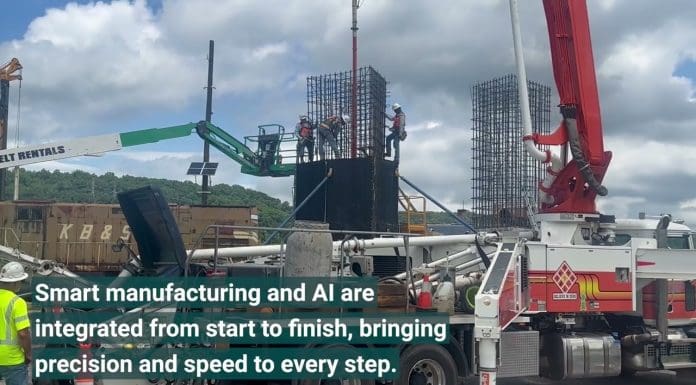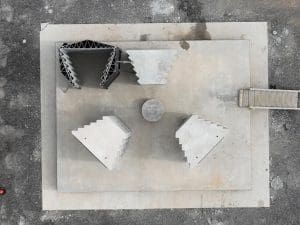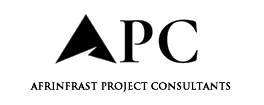
Oak Ridge Lab’s 3D-printed concrete forms slash nuclear reactor build times and costs, marking a major leap in nuclear construction
The Department of Energy’s Manufacturing Demonstration Facility (MDF) at Oak Ridge National Lab, in partnership with Kairos Power and Barnard Construction, has successfully developed large-scale 3D-printed polymer composite forms to cast complex, high-precision concrete structures.
These innovative moulds are now used at Kairos Power’s Oak Ridge campus for the Hermes Low-Power Demonstration Reactor.
Each 3D-printed form measures roughly 10×10 feet, stacked three high to create radiation-shielding columns. These composite moulds cut production time from weeks to days compared to traditional steel or wood forms, enabling faster, more precise, and cost-effective cast-in-place construction.
“At ORNL, we’re showing that the future of nuclear construction doesn’t have to look like the past,” said Ryan Dehoff, MDF director. “We’re turning bold ideas into practical solutions to accelerate commercial nuclear energy.”
Kairos Power CTO Edward Blandford praised MDF’s rapid innovation: “They move fast, think creatively, and deliver results where conventional manufacturing falls short.”
Supported by industry partners, the project pushed additive manufacturing limits by creating molds that withstand heavy concrete pressure while maintaining exact geometry. “We’re applying the best of additive manufacturing—modularity, flexibility, rapid iteration—to nuclear energy,” said ORNL’s Ahmed Arabi Hassen.

DOE-funded SM2ART Moonshot Project
This work is part of the DOE-funded SM2ART Moonshot Project, combining ORNL’s expertise with the University of Maine’s large-scale 3D printing to modernise nuclear construction with agile, cost-effective methods.
Located in the Knoxville-Oak Ridge nuclear hub, the Hermes reactor is the first advanced U.S. reactor granted NRC construction approval, laying groundwork for next-gen nuclear plants.
Over the next 18 months, SM2ART will scale production, integrate smart manufacturing, digital twins, and explore sustainable biocomposite feedstocks—targeting a 75% material cost cut.
The post 3D printing powers faster, cheaper nuclear construction appeared first on Planning, Building & Construction Today.

